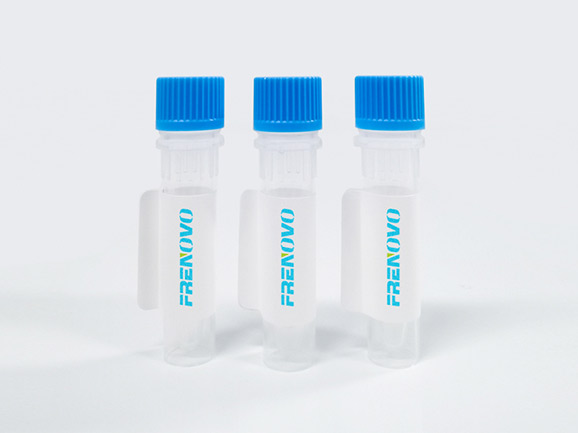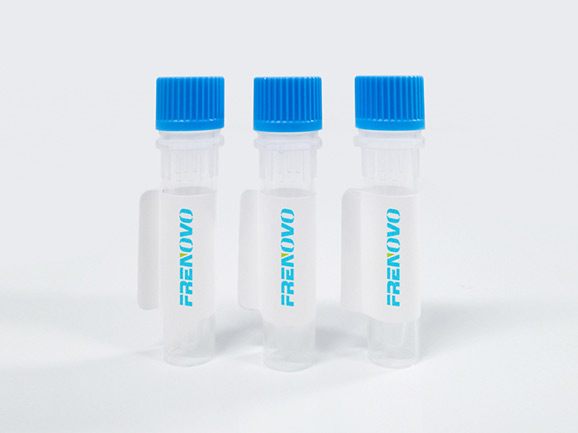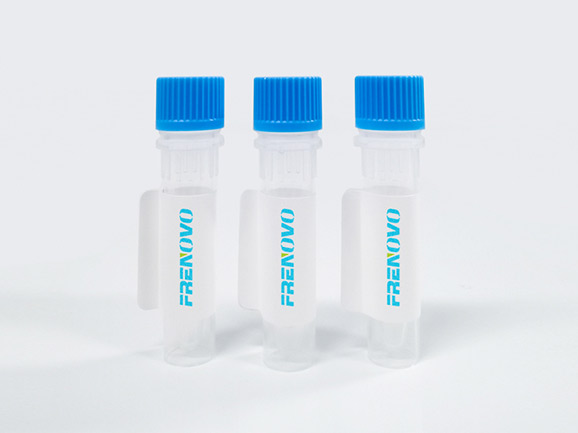According to statistics, there are 9 cases of heart failure in every 1,000 people in the world, and about 60% of the patients will die within 5 years of diagnosis. Heart failure is a super killer. With the aging of the population and the widespread prevalence of cardiovascular health threats in my country, the prevalence of heart failure will continue to rise in the future, becoming a heavy burden to the whole society and a serious challenge to public health. Therefore, heart failure is not far away from us, and it must be taken seriously.
In the detection of heart failure, BNP and NT-proBNP are the key indicators for the diagnosis and treatment of heart failure jointly recommended by many cardiovascular disease guidelines. They can predict whether the killer will come and how fierce it is, which has important clinical significance.
So, how do BNP and nt probNP tests aid in the diagnosis of heart failure? Let's talk about it in detail below.
The full English name of BNP is: brain natriuretic peptide, that is, brain natriuretic peptide. Its name is very intuitive, because the functions of this molecule are natriuretic, diuretic, dilating blood vessels, lowering blood pressure, etc. It is mainly expressed in the ventricle, but also exists in the brain tissue.
Both BNP and NT-proBNP are derived from pro-BNP. Pro-brain natriuretic peptide (pre-proBNP) is initially synthesized by ventricular myocytes when the ventricular load and wall tension increase, which is a polypeptide chain composed of 134 amino acids. pre-proBNP is cleaved into proBNP (pro-brain natriuretic peptide, 108 amino acids) and signal peptide (26 amino acids) in cardiomyocytes.
After entering the blood, proBNP is cleaved into physiologically active B-type natriuretic peptide (BNP) and N-terminal brain natriuretic peptide precursor (NT-proBNP), so the relationship between the two is 1:1 in theory. But from the moment they were separated, the difference between the two grew bigger and bigger because of their different functions.
BNP is a biologically active protein with a half-life of 20 minutes, its in vitro stability time is only 1 hour, and its level is easily affected by the selected drugs. For example, when a patient receives a recombinant BNP drug, it can lead to an increase in the level of BNP in the blood.
As a biologically inactive NT-proBNP, its half-life is 60-120 minutes, and its secretion and presence in the blood have an accumulation effect. And its stable time in vitro is as long as 24 hours, which is more stable and sensitive than BNP detection, and is not affected by recombinant BNP drugs, which is convenient for clinicians to accurately detect early and mild heart failure.
The clearance of BNP in the body mainly depends on the binding of NPR-1 (natriuretic peptide clearance receptor) to be cleared by lysosomes, or by NEP (neutral endopeptidase), and partly by renal excretion. NT-proBNP is eliminated by renal excretion, so the metabolic cycle (half-life) of NT-proBNP in the body is longer, and the concentration in the body is higher than that of BNP.
Because of the difference in concentration between the two, NT-proBNP changed more obviously than BNP. More literature supports that NT-proBNP can detect heart failure and minor cardiac function changes earlier than BNP.
NT-proBNP has different age cut-off points, while BNP has only the same cut-off point for different age groups. Setting different cut-off points according to age stratification has better sensitivity and specificity than a single cut-off point.
BNP and nt probnp tests are not only used for the etiological investigation of patients with acute dyspnea, but also for the diagnosis of chronic heart failure. They also have important clinical significance for patients with lung disease and renal insufficiency.
Therefore, screening of BNP or NT-proBNP for specific high-risk groups (post-MI patients, diabetes patients, patients with poor long-term blood pressure control, patients with chronic renal insufficiency, etc.) can detect the disease as soon as possible and initiate treatment.


